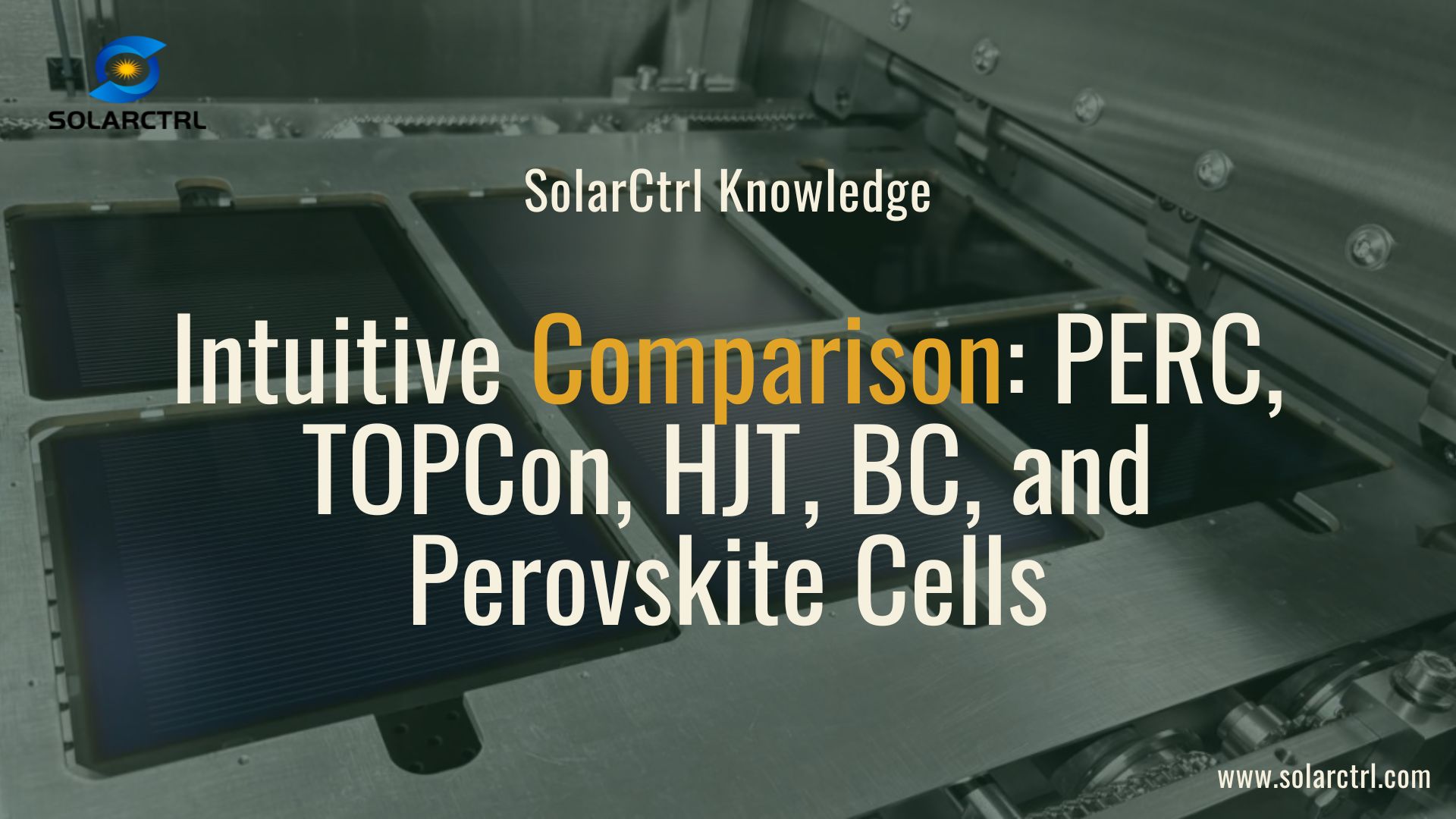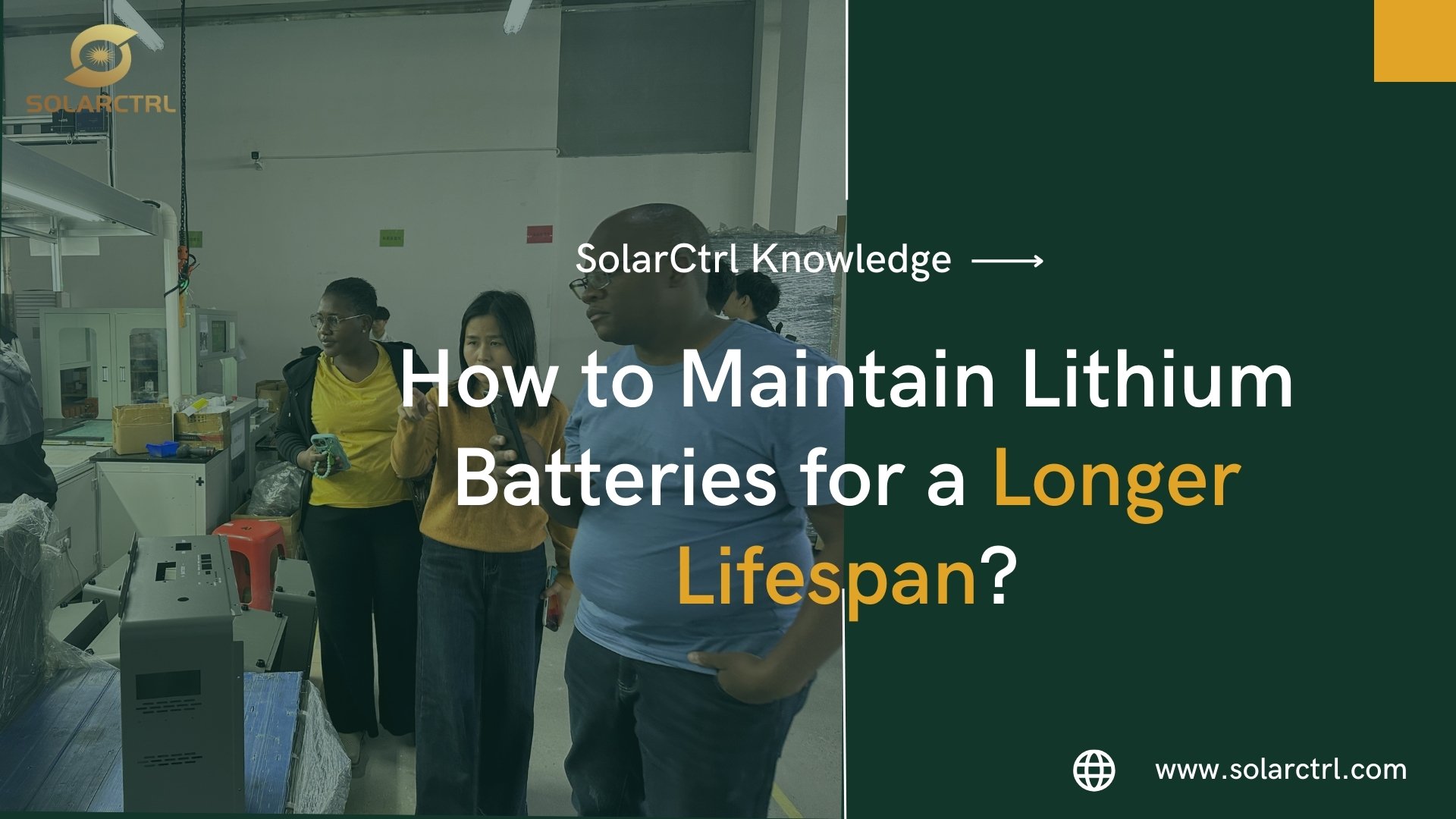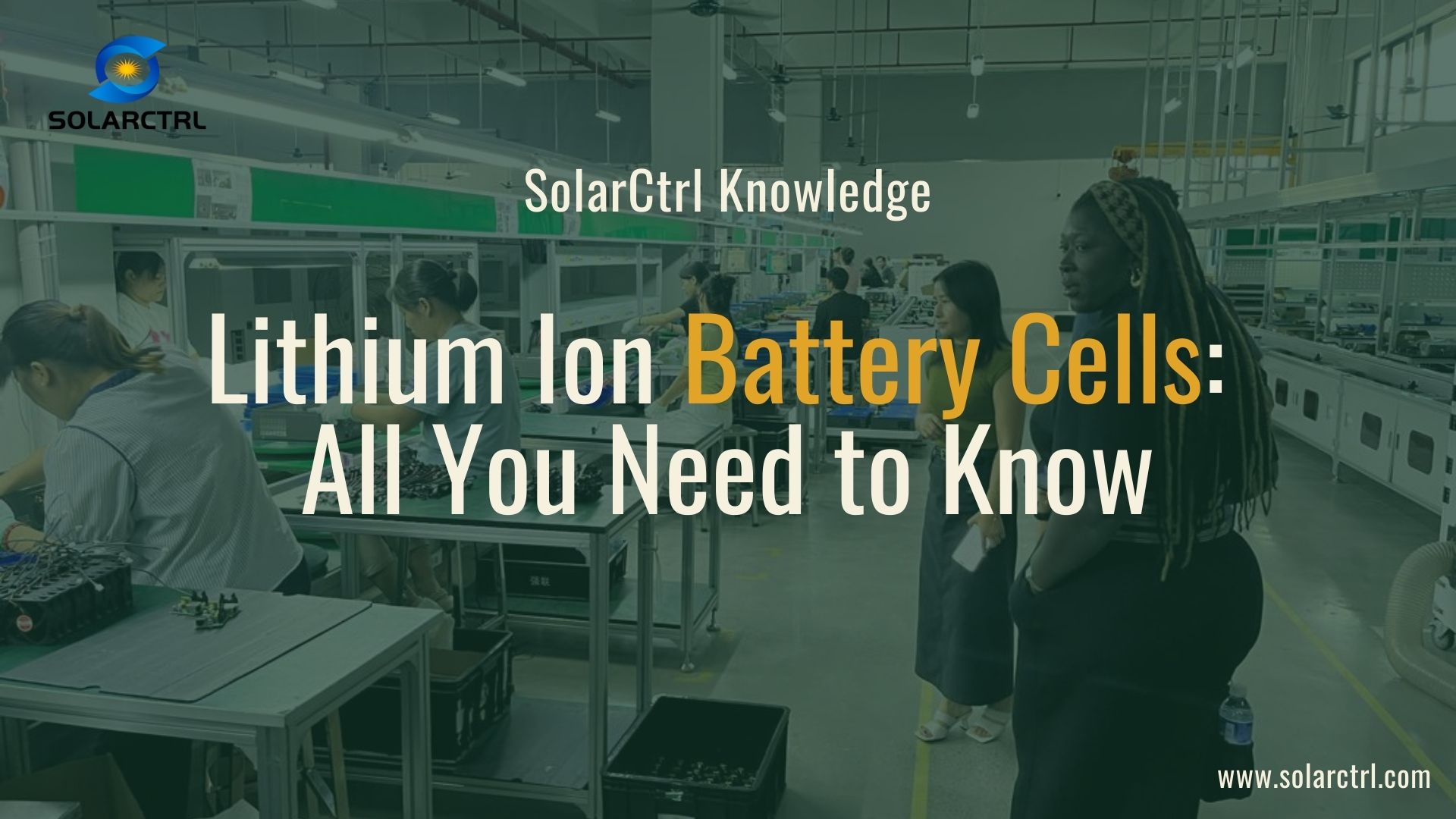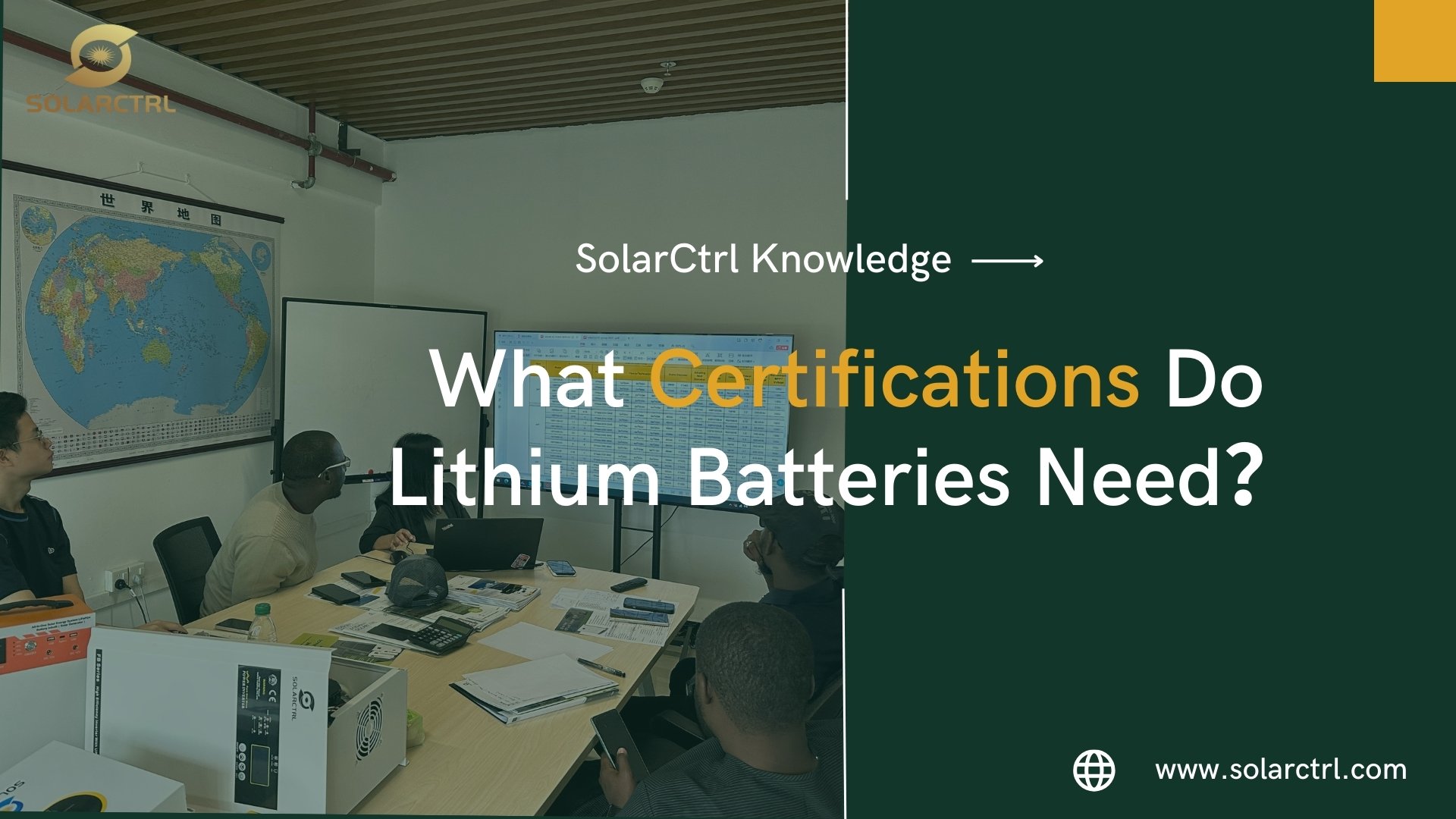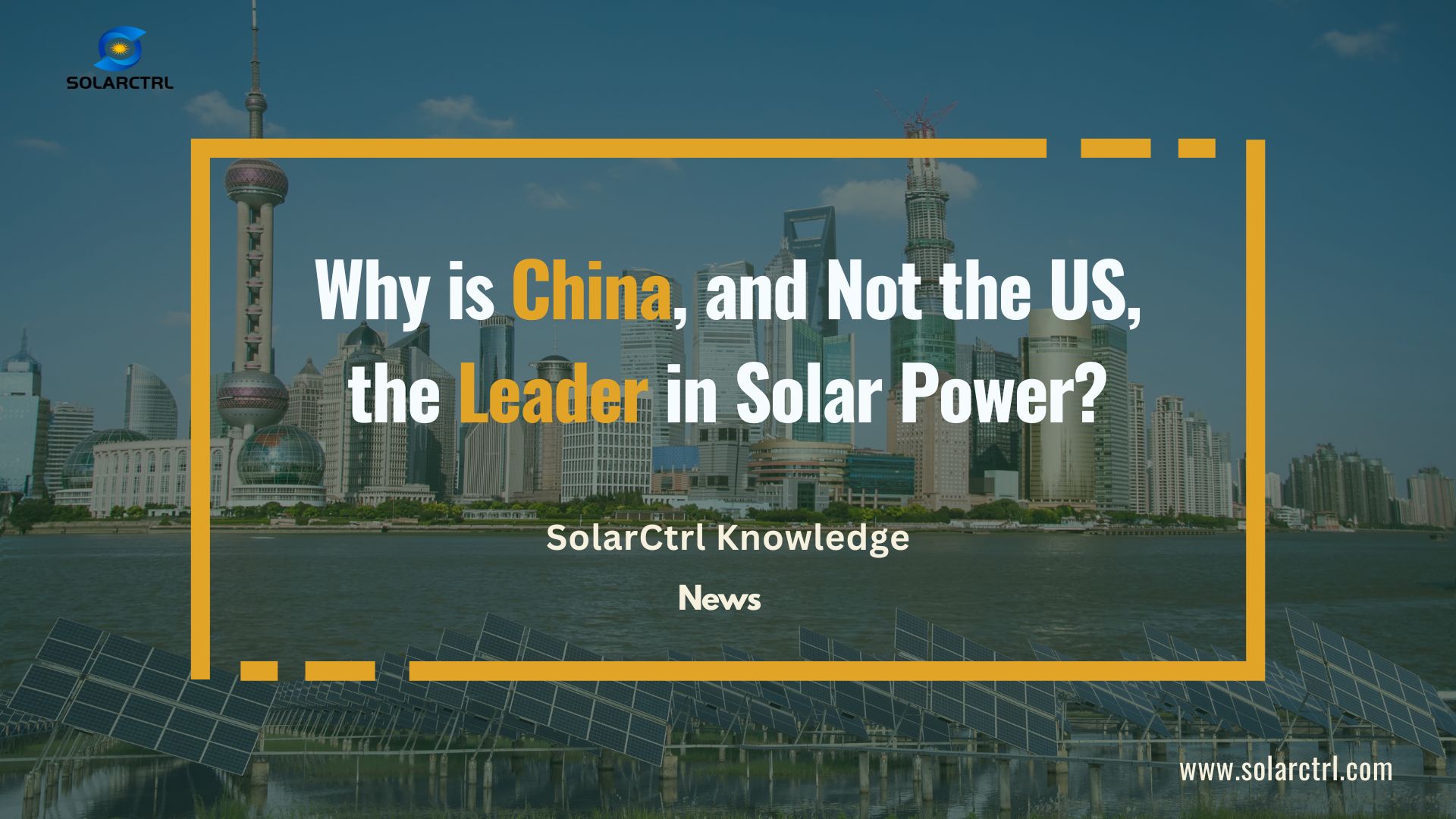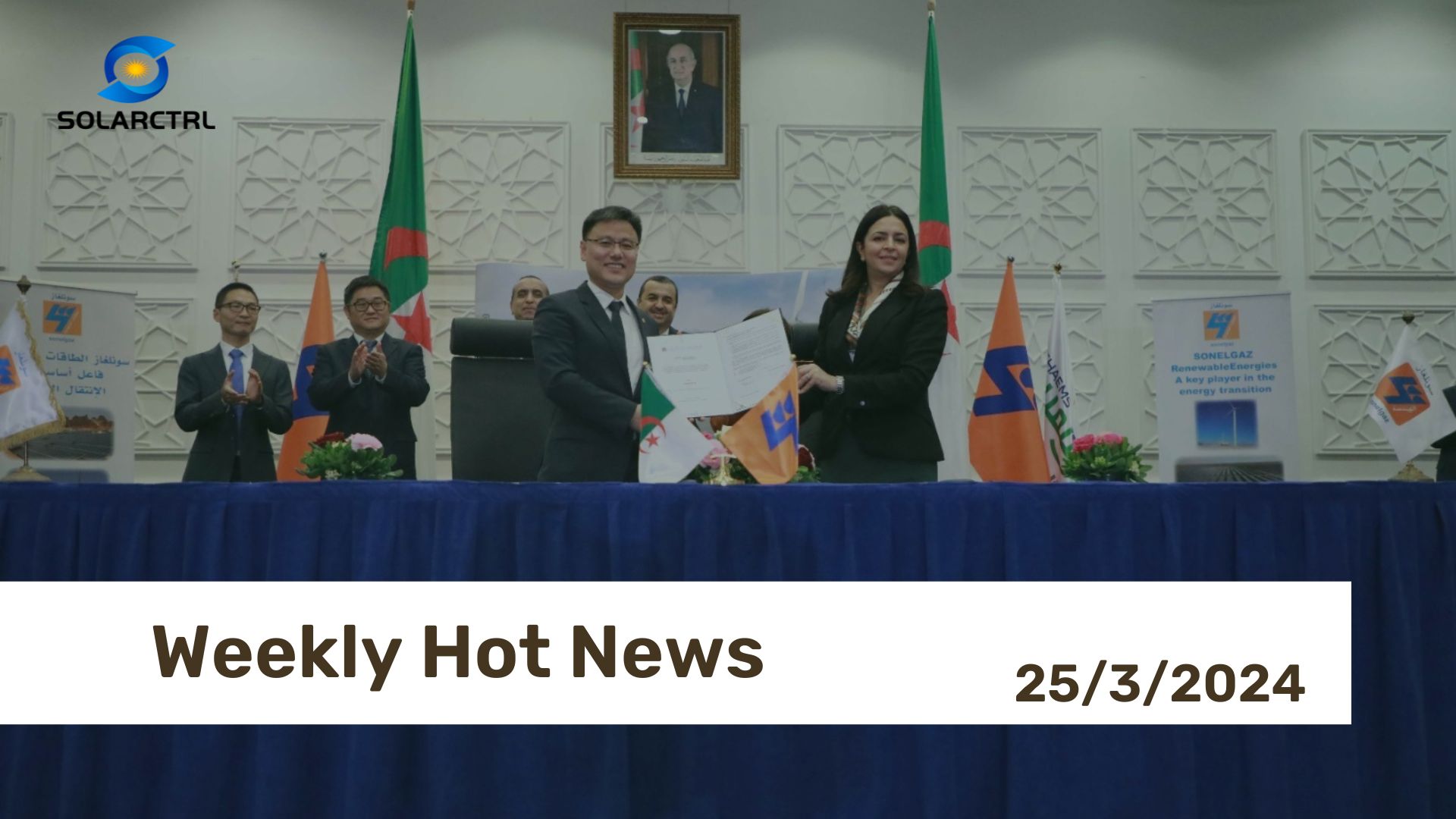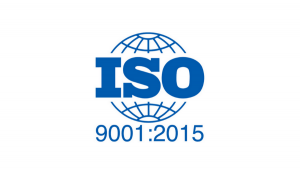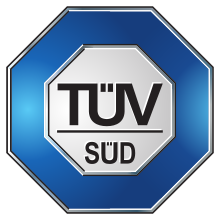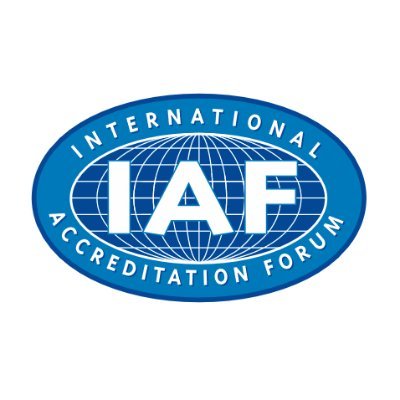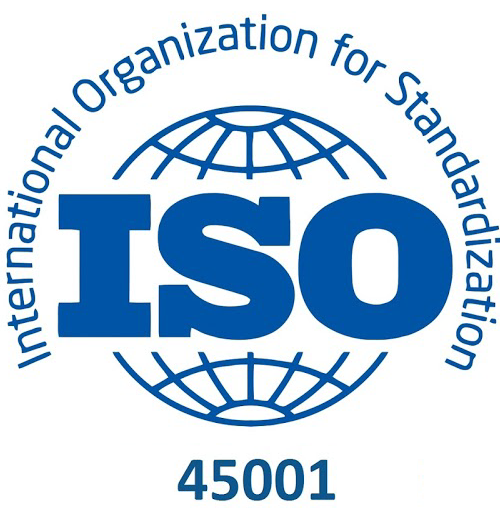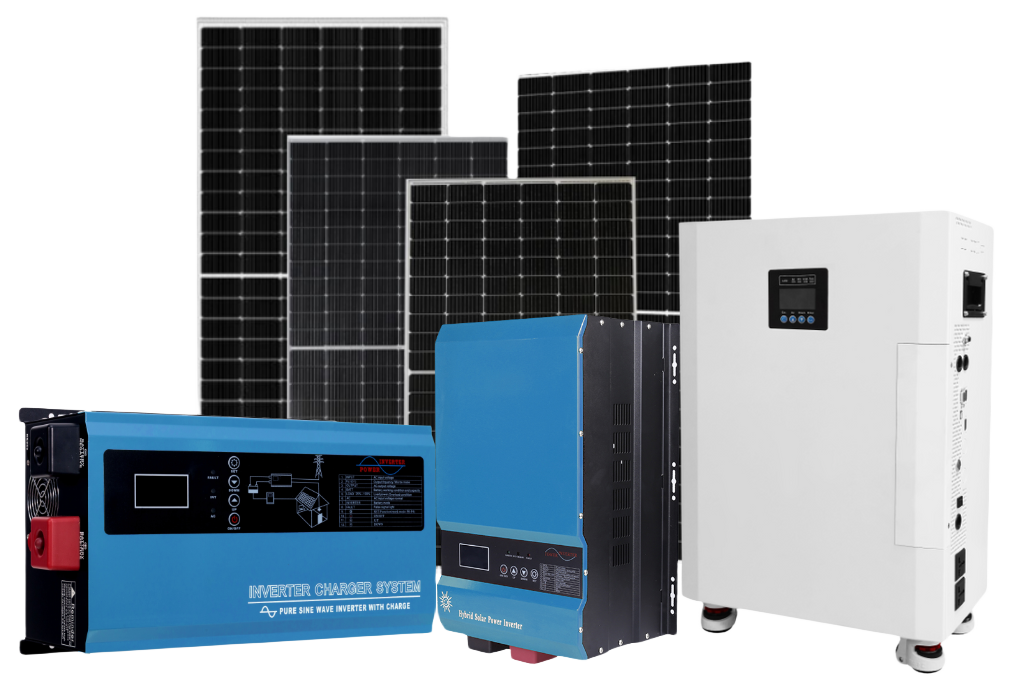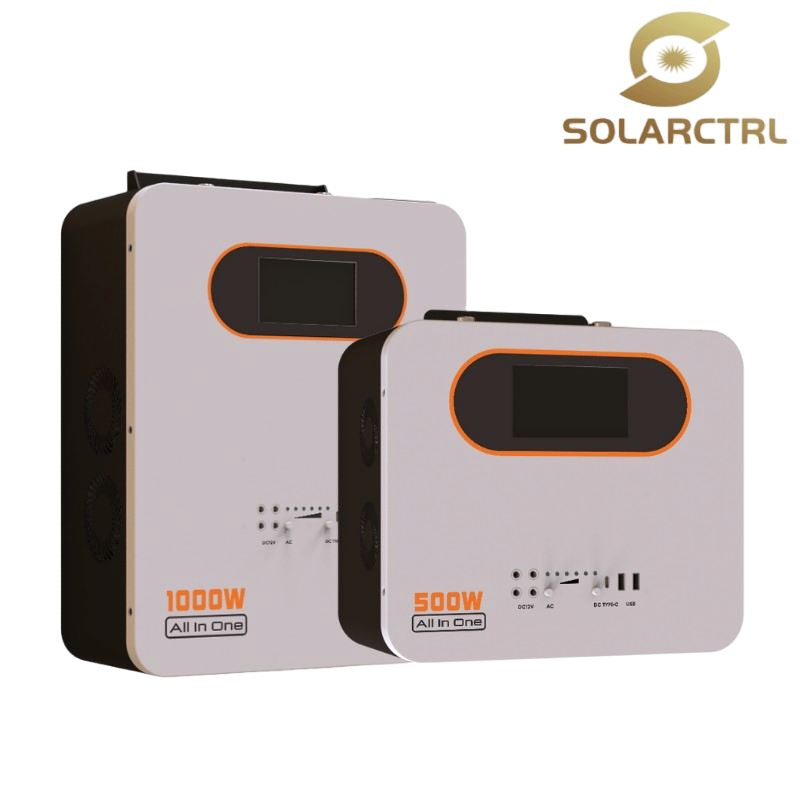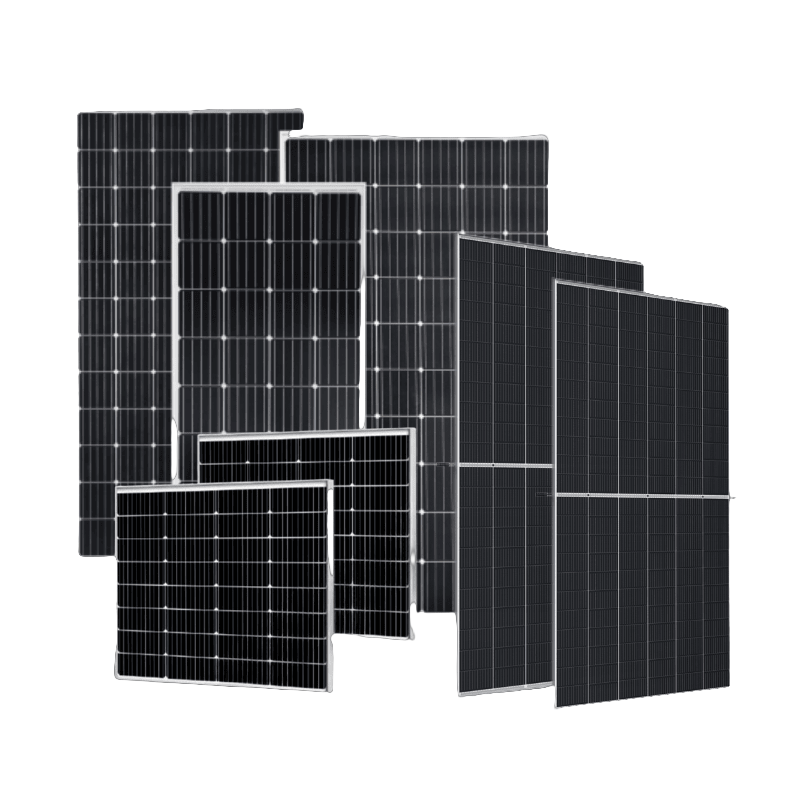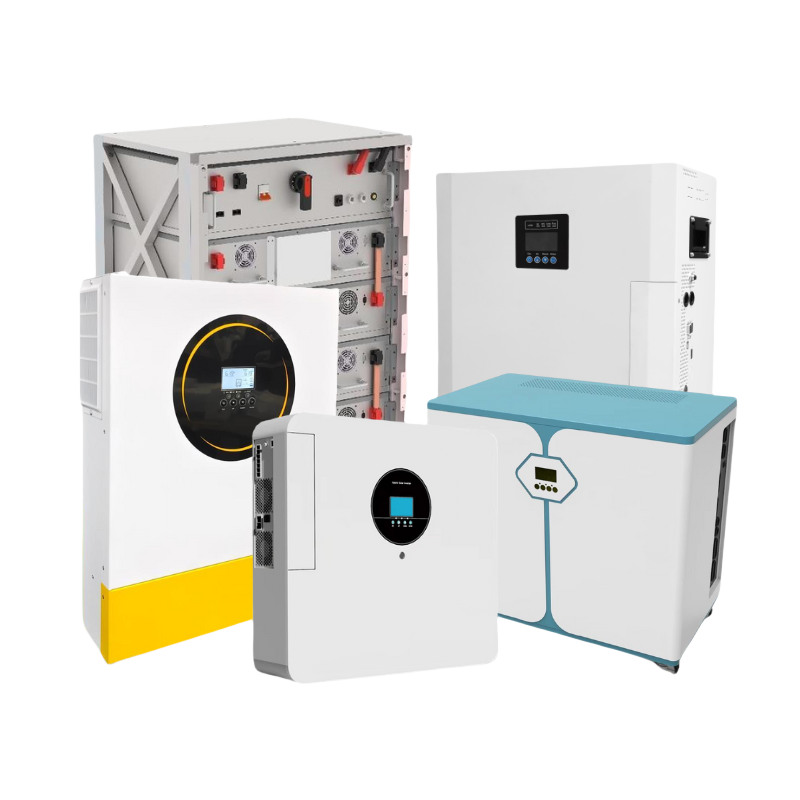In the photovoltaic field, battery technology is always a decisive factor in module performance, concerning not only the photovoltaic conversion efficiency but also directly determining the manufacturing cost.
Currently, as research continues to advance, the five mainstream technologies of PERC cells, TOPCon cells, HJT cells, BC cells, and perovskite cells are increasingly showing their importance. Each type of battery technology has its distinct characteristics and potential market value.
PERC Cells
PERC (Passivated Emitter and Rear Cell) cells are a high-efficiency type of P-type cell. Their production process is more streamlined compared to other types of cells, resulting in excellent cost control. They mainly employ BSF (Back Surface Field) and PERC technology routes.
The mass production conversion efficiency of PERC cells has reached 23.5%, close to the theoretical limit of 24.5%.
The core technology of these cells lies in the manufacture of passivation films, achieved through thin-film deposition processes, with key equipment including PECVD (Plasma Enhanced Chemical Vapor Deposition) and ALD (Atomic Layer Deposition) machines. Companies like Meyer Burger and Jolywood play significant roles in this field.

TOPCon Cells
TOPCon (Tunnel Oxide Passivated Contact) cells involve depositing an ultra-thin silicon oxide layer and a polycrystalline silicon film on the back of N-type silicon wafers to achieve rear passivation, thereby improving the cell’s open-circuit voltage and overall conversion efficiency.
The mass production conversion efficiency of TOPCon cells has surpassed 24%, with a theoretical efficiency limit of up to 28.7%.
The industry is actively exploring new technologies to enhance performance, including LP dual implantation, laser SE processing, laser-assisted sintering, optimization of the polysilicon layer, and fine-line sub-gate technology. With the integration of advanced technologies like 0BB (zero busbar), double-sided poly, TBC (Tunnel Oxide Passivated Contact with Back Contact), and perovskite tandem layers, TOPCon cell efficiency is expected to reach new heights, with a projected market share of 56% for N-type photovoltaic cells by 2030.

HJT/HIT Cells
The HIT (Heterojunction with Intrinsic Thin layer) cell was first developed by Sanyo in Japan in 1990. Due to its high efficiency and unique structure, it gained widespread attention, but the term “HIT” was trademarked, leading to the broader use of HJT (Heterojunction) or SHJ (Silicon Heterojunction) to describe these cells. HJT cells use amorphous silicon deposition technology on N-type silicon wafers to form a heterojunction passivation layer, significantly enhancing the open-circuit voltage and conversion efficiency.
The mass production efficiency of HJT cells has reached 24.53%, with a record laboratory efficiency of 29.52%.
Advantages include high open-circuit voltage, low power degradation, stable power output at low temperature coefficients, structural symmetry supporting thinning and bifacial power generation, and a relatively simple production process. HJT cells’ thin-film deposition process provides significant potential for integration with IBC (Interdigitated Back Contact) and perovskite cells, though challenges remain in commercialization due to high equipment and material costs and technical barriers.

BC Cells
BC (Back Contact) technology is a versatile and efficient platform that can be combined with PERC, TOPCon, and HJT technologies to significantly improve the overall efficiency of photovoltaic cells. For example, combining it with TOPCon technology creates TBC (TOPCon with Back Contact) cells, or with HJT technology to produce HBC cells.
The theoretical conversion efficiency of BC cells has reached 29.1%, demonstrating their potential in enhancing photovoltaic system performance.
BC cells are expected to gradually replace TOPCon cells as the dominant technology in the crystalline silicon cell sector over the next five to six years, despite the challenges in design and manufacturing processes that require high technical expertise. Products using BC cell technology, like Astronergy’s ABC white hole and LONGi Green Energy’s HI-MO 6, have shown significant efficiency advantages in global component rankings.

Perovskite Cells
Perovskite cells represent the main direction for the next generation of photovoltaic cells and are a flagship of the third-generation thin-film cells, using perovskite-structured materials as the light-absorbing layer. These cells, which include single-junction and tandem types, are known for their high energy conversion efficiency, low cost, lightweight, and flexibility.
Perovskite cells are still in the early stages of industrialization. Their theoretical conversion efficiency has reached 26.1%, with full perovskite tandem cells achieving theoretical efficiencies of up to 44%.
LONGi Green Energy’s independently developed silicon-perovskite tandem cell has achieved a record efficiency of 33.9%, the highest globally for such cells.


